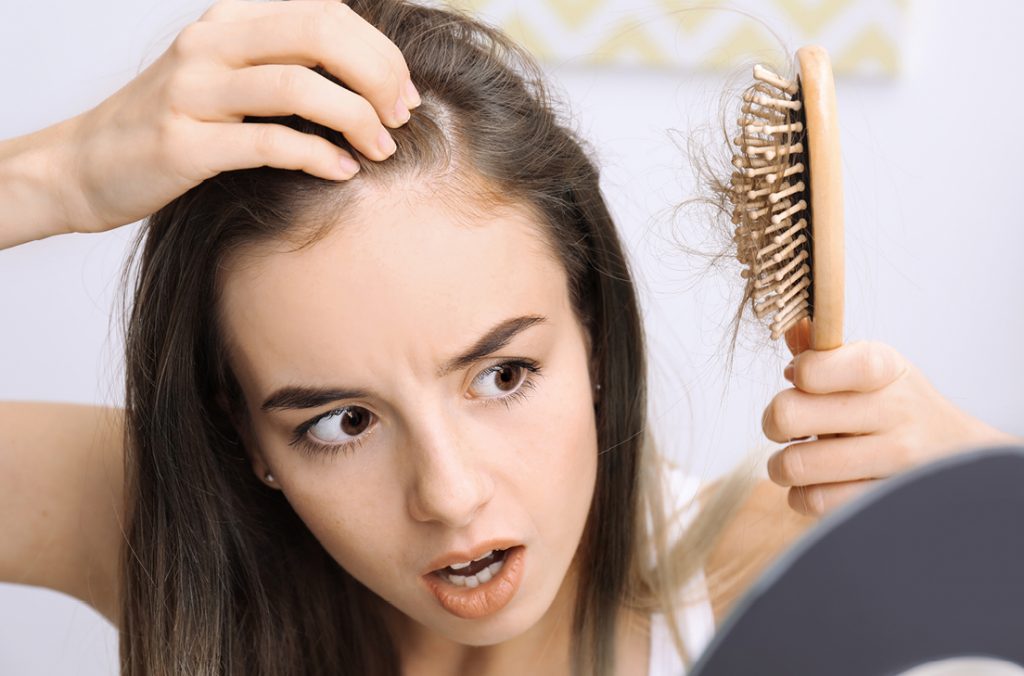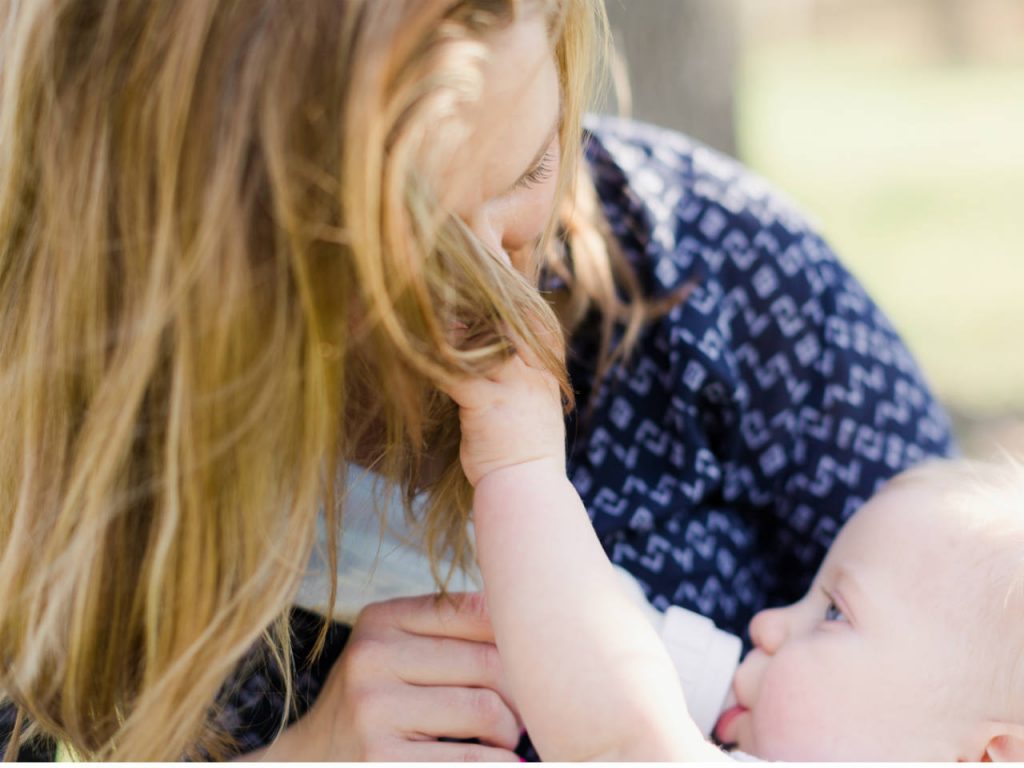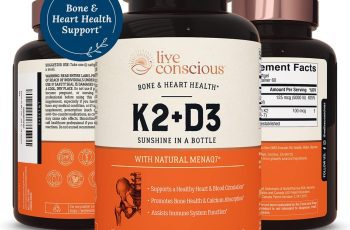Having a baby is an experience like no other. When you hold your baby in your arms, the excruciating pain fades away. Everything appears to be peachy until dozens of hairs end up on the floor of the bathroom.
A lot of new moms face this reality, even though it sounds like a nightmare. Welcome to motherhood, and the inevitable Postpartum hair loss that follows.
What is Postpartum Hair Loss?

90% of new mothers experience this condition, also known as postpartum alopecia. In most women, it begins between two and six months after giving birth and reaches its peak around the fourth month after delivery.
Hair loss from postpartum alopecia can reach as many as 400 strands per day. This is in sharp contrast to the normal daily hair loss of 100-150 strands.
What Happens during Postpartum Hair Loss?
Estrogen and progesterone are two hormones that increase during pregnancy, making the body more suited for pregnancy. Pregnancy-friendly wombs and a healthy placenta are the results of these supplements.
Aside from their role in preparing the body for pregnancy, estrogen and progesterone have a significant impact on hair health. Thick, strong hair is a benefit of these hormones.
In addition to an increase in estrogen and progesterone, pregnant women experience an increase in blood flow. A growing tummy can help mom and baby get more nutrition. Hair growth is also impacted by the increased blood volume, as this helps distribute more nutrients to the strands. That’s the reason why some expectant mothers have long, strong hair during their pregnancies.
But after childbirth, the levels of hair-enhancing hormones return to their normal state. To avoid hair regrowth, the hair is left in a state of resting For the next three months, the strands will fall out of the hair follicles. It’s not uncommon for these hair strands to grow back with the appearance of ‘baby hair’ that is prone to breakage.

Although postpartum weight loss can have a negative impact on your appearance, it is not permanent. After a few months, you should see a return to normalcy in your hair growth.
Women who are genetically predisposed to hair loss (like your mom, grandmother, or aunt) may experience more severe symptoms of female pattern hair loss with subsequent pregnancies, despite the fact that postpartum alopecia is only temporary.
How to Combat Postpartum Hair Loss
Even though postpartum alopecia is a temporary condition, the stress of caring for a new baby can prolong or even exacerbate hair loss. That said, new mothers are advised to follow the following suggestions for preventing postpartum hair loss:
1. Eat Well
Whatever your age or stage of motherhood, good nutrition is critical to the health of your hair. Breastfeeding mothers need to consume 500-600 extra calories per day on top of their normal intake because they are no longer eating for two.
Experts from the Children’s Hospital of Philadelphia suggest this daily diet for lactating mothers:
-
- Protein-rich foods such as meat, fish, poultry, dairy, eggs, nuts, and beans to be eaten 2 to 3 times a day
- Three servings of yellow and dark green vegetables
- Two servings of fruit
- Whole grains
- Copious amounts of water
Nuts, seeds, dried beans, and dried fruits, which are rich in iron and zinc, can be substituted for meat sources by vegan mothers.
This dietary recommendation can improve hair health as well as provide the nutrients a nursing mother requires. Many essential nutrients for healthy hair growth can be found in these plant-based foods, including B vitamins, iron, zinc, and protein.
2. Take Your Supplements
If you’re a vegan or have food allergies, a supplement may be your best defense against postpartum hair loss. Pregnant women who suffer from postpartum hair loss may benefit from supplementing their diets with the following vitamins, minerals, and nutrients:
- Iron
- Zinc
- Selenium
- Vitamin A
- Vitamin B2 (Riboflavin)
- Vitamin B7/H (Biotin)
- Vitamin B9 (Folic Acid)
- Vitamin C
- Vitamin D
- Probiotics
3. Have Yourself Checked Regularly
Even if you’ve already had a child, it doesn’t mean you can’t take care of yourself. You and your child should be screened frequently. An important consideration, in particular after six months, is whether or not the hair loss continues. If you’re constantly losing hair, it’s possible that you’re deficient in one or more of the nutrients listed above.
4. Minimize Stress
Experiencing stress is normal. It’s your body’s response to a challenge or a demand.’ If you need to respond to a deadline or avoid dangers on your way, it can be helpful.
Although the stresses of motherhood are unique, they are not the same for everyone. Breastfeeding, caring for your other children, and taking care of your husband all have to be balanced. But there’s also work to be done.
This could explain why a survey conducted by the American Psychological Association found that women were more likely than men to suffer from stress-related illnesses. In addition to the more common symptoms of headaches and indigestion, many women also experienced an overwhelming desire to cry.
Postpartum hair loss can be worsened by stress as well as mental health issues As a result, new mothers are encouraged to reduce their anxiety by utilizing any or all of the following methods:
- Meditate
- Perform deep breathing exercises
- Exercise
- Take a break
- Seek help from a support group
5. Avoid Styling your Hair
Because of this, you should refrain from using hair-strengthening or curling products for the time being; this includes high-priced products like curling irons. Weaker and more prone to breaking hair can be caused by these hairstyles. While you’re waiting, let your hair hang naturally. Try a hair product that contains one or more of the nutrients listed in this article. You can try these hairstyles again once your postpartum hair loss has subsided.
Most new mothers experience postpartum hair loss. Although this is the case, the right diet and frame of mind can help reverse the effects. Don’t freak out if you notice a significant amount of hair loss! In no time, you can have a full head of hair once again.




